Published on March 03, 2022
Back to the past: What became of NEULAND projects?
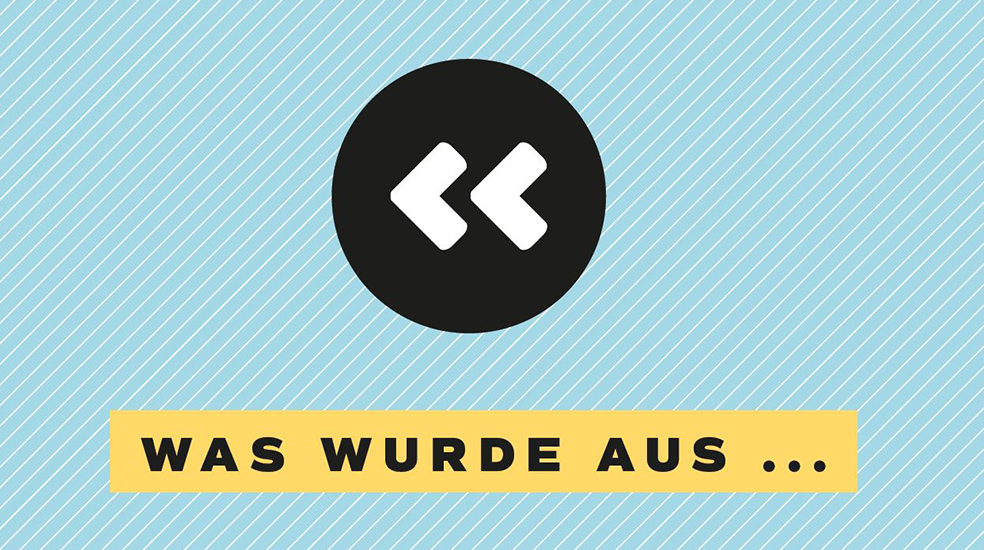
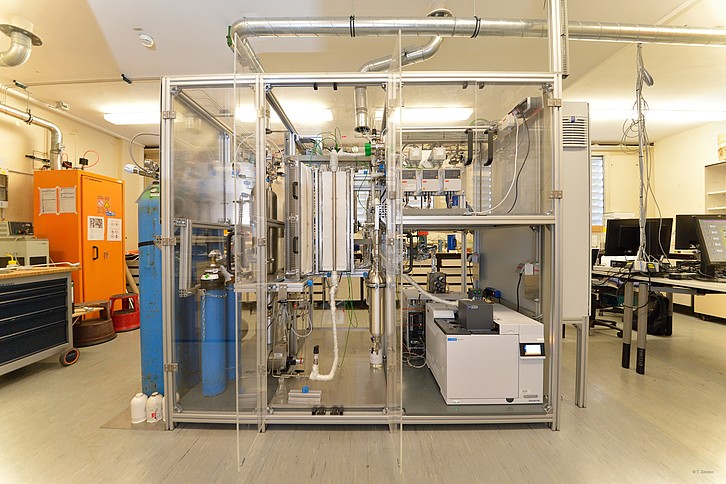
Synthetics in the tank (NEULAND 2015)
The use of oxymethylene ether (OME) as an alternative diesel fuel was examined by researchers from Karlsruhe, Munich and Kaiserslautern in a joint project several years ago. The diverse findings most recently led to the ongoing NAMOSYN project (Sustainable Mobility through Synthetic Fuels), which is concerned with the further development of alternative fuels. Milestones from the project so far include the commissioning of a pilot plant at the TU Munich and the current construction of a plant for OME production at KIT. In addition, the researchers were able to make an important contribution to the creation of a fuel standard as well as to the chemical modification of fuels. In the coming years, the project partners intend to work on the scale-up of fuel production as well as the identification of new applications, also outside the fuel sector.
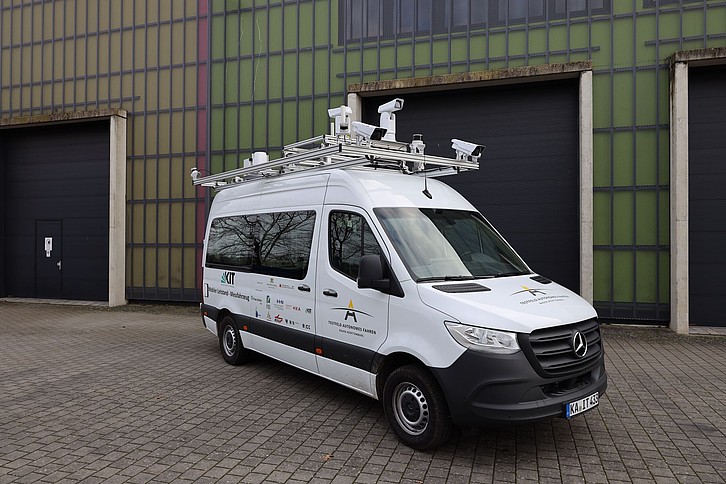
Sensitive small talk on the road (NEULAND 2016)
In 2016, the project "Test Area Autonomous Driving Baden-Württemberg (TAF-BW)" was approved by the state in the pioneering region from Karlsruhe via Bruchsal to Heilbronn and its construction started. The construction work was completed at the end of 2021. The result is a 200-kilometer route network with various sensors such as cameras, radars or road weather stations in inner-city and suburban areas, in tunnels as well as on expressways and highways. Researchers at the Institute of Vehicle Systems Technology (FAST) have furthermore converted a vehicle into a mobile control station. This serves as a sensor carrier, mobile access point and local server node for on-site data processing and can respond flexibly to test field requirements. The operational phase of the test field is scheduled for five years and will last until April 2023. During this time, the test field will be available for use by industry and publicly funded research projects on automated and connected driving. Necessary tests for road approval took place at KIT's Campus East and research projects such as the EVA Shuttle were successfully realized.
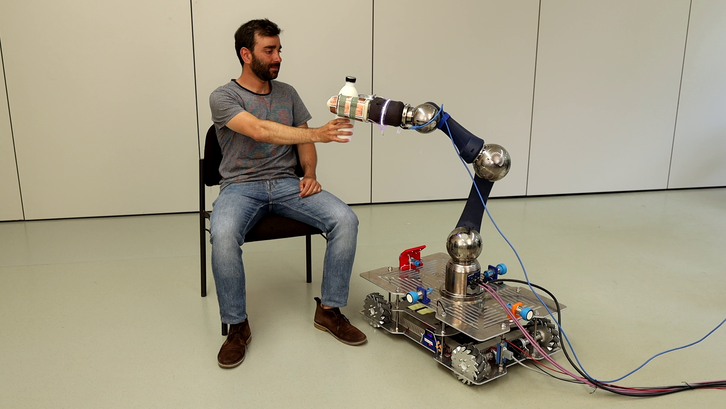
Robots with sensitivity (NEULAND 2017)
Prof. Dr. Björn Hein and Hosam Alagi have been researching the idea of using capacitive proximity and tactile sensors to enable robots to improve their perception of their environment since 2017. Since then they have further refined the technology to increase the safety of human-machine interaction. Scalable measurement circuitry with lower response times, multimodal perception, and non-contact material recognition have made it possible to perform collaborative tasks more efficiently. For example, object transfer from robot to human was optimized. Together with the project partners, the researchers developed grippers for an assistant robot and equipped them with proximity and tactile sensors. With a prototype, they were able to successfully demonstrate how an object handover between human and robot can be implemented autonomously, fluidly and pleasantly.
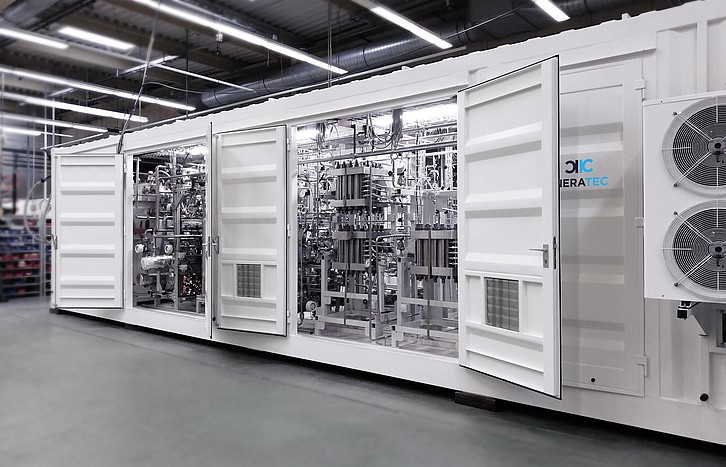
Second chance for greenhouse gases (NEULAND 2018)
The spin-off INERATEC GmbH builds modular chemical plants in container format to convert greenhouse gases such as CO2 into synthetic fuels. A lot has happened since the project was presented in the NEULAND Magazine 2018: The company, which has now grown to over 80 employees, installed the first industrial pilot plant at a major customer in 2021, which is currently being commissioned. This lays the foundation for future series production. The focus for the use of e-fuels will continue to be on the marine and aviation sectors, as these are difficult to electrify compared to the automotive sector. With the planned construction of a pioneer plant in Frankfurt, INERATEC aims to secure the industrial availability of sustainable, CO2-neutral e-Fuels for aviation, shipping and road transport. To increase e-fuel production capacities, the spin-off raised new growth capital of EUR 20 million with new strategic investors in early 2022.
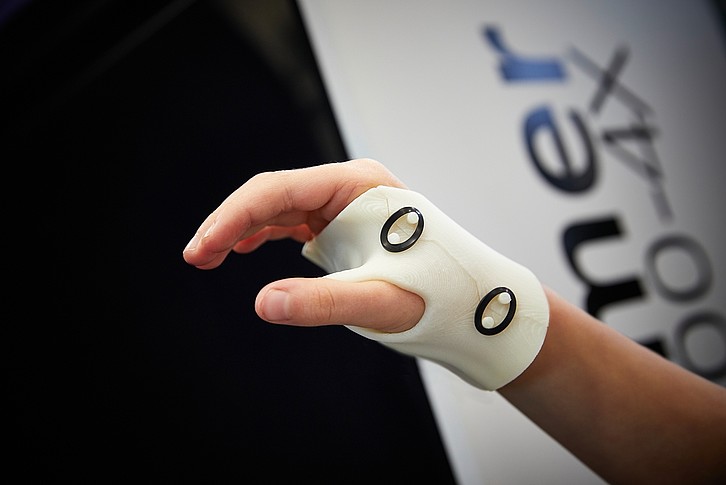
Batch size 1 in the interest of the patient (NEULAND 2018)
Three years ago, NEULAND introduced the cooperation between the Institute for Production Science (wbk) at KIT and the mechanical engineering company ARBURG GmbH + Co KG in the field of additive manufacturing of fiber-reinforced plastics with continuous fibers. At the "Formnext" and "K" exhibitions, ARBURG presented its technological advancement for the first time in 2019: the "Freeformer 300-4X", which is suitable for the additive manufacturing of fiber-reinforced, resilient functional components from batch size 1 to small series. Hand orthosis as a typical example of such functional components were produced at the exhibitions for illustration purposes. Thanks to the hard-soft connection, they can be individually adapted to the shape of the patient's hand and thus replace classic, metal-reinforced products.

comments about this article
No comments